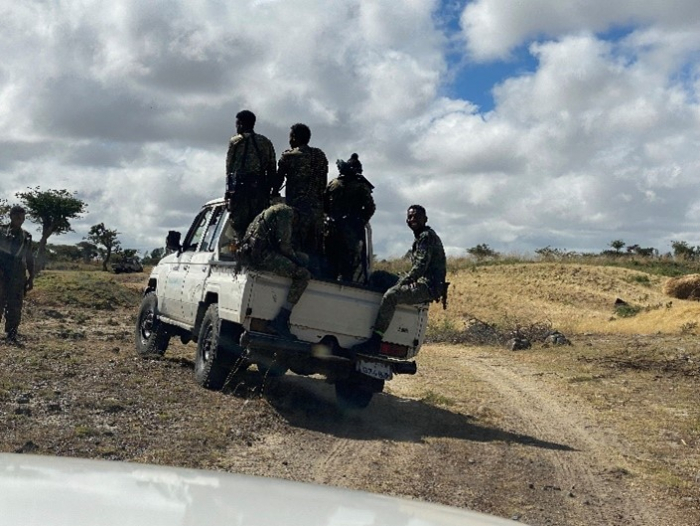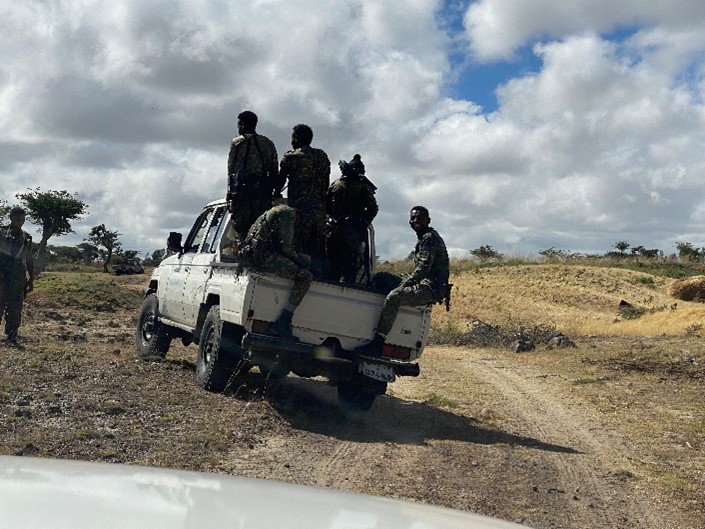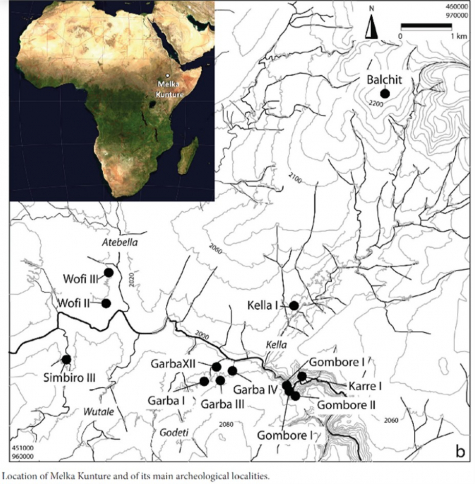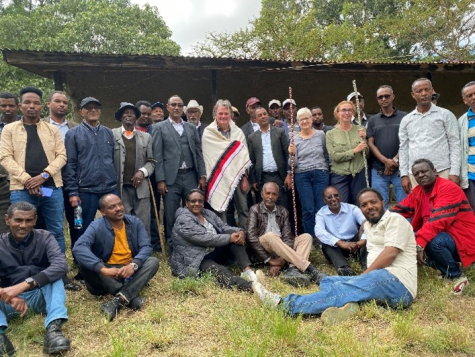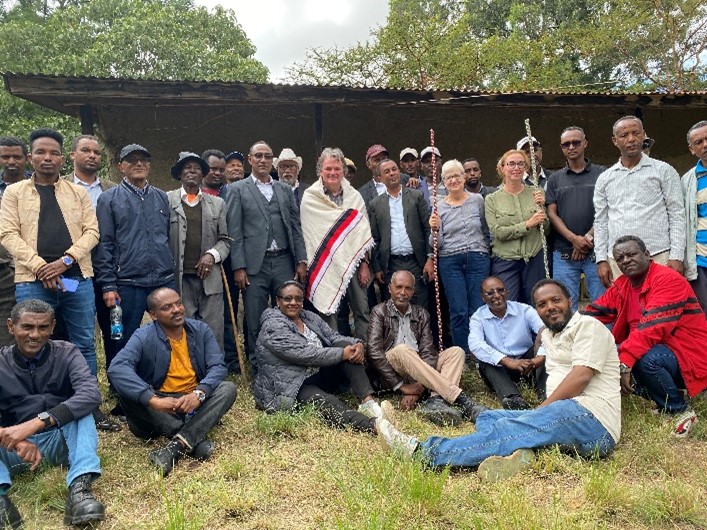During the field evaluation stage of a World Heritage site nomination, a small team will visit the site in person. This aids in establishing the quality of the site, along with the feasibility of proposed management. Melka Kunture is composed of volcanic deposits with a plethora of evidence of stone tools developed by early hominids, making it a geoheritage site worth exploring! Across countries in East Africa, including Ethiopia, nomadic and pastoralist land-use are still highly prevalent, raising potential complications for the establishment of IUCN-backed conservation. How do we work with the existing community that is actively using nominated site space? And how may we protect the million plus year old stone tool technology found at the site? A value-added approach is the international solution to harmoniously addressing all existing elements. Facilitation is a major value that field teams provide, engaging and recording the local stakeholder thoughts and contributions to the management decisions at hand. Beyond meetings, there is also an inspection of the entire site with the state party to chart the integrity of the landscape.
